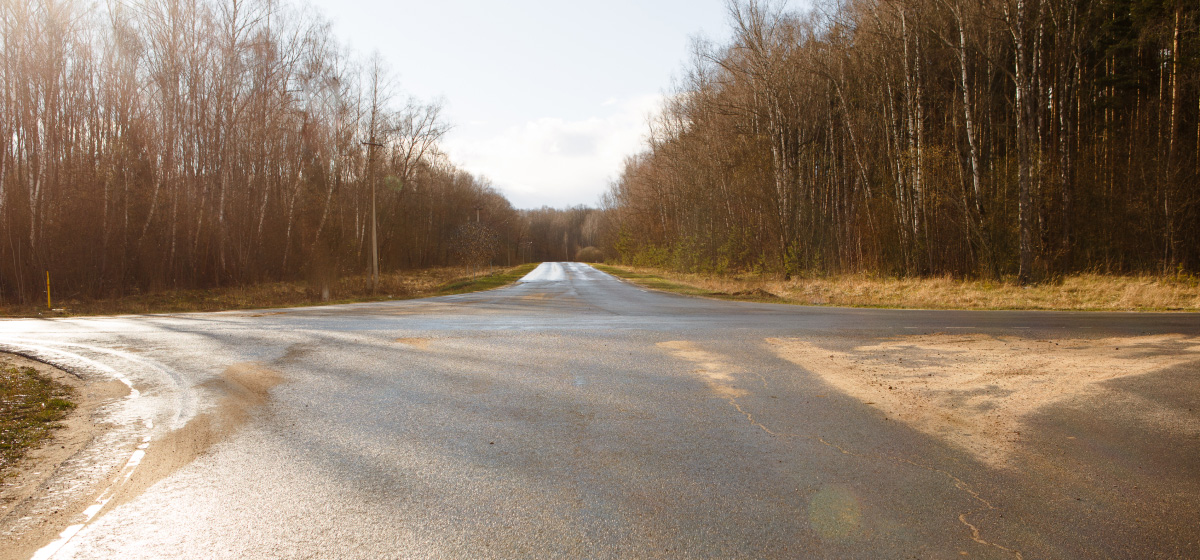Who has priority at an unmarked crossroads?
Unmarked crossroads are one of those things that can make even the most experienced of drivers feel like a deer in the headlights. With no clear signs telling you what to do or where to go, it’s easy to panic and throw all your driving knowledge out the window. Not to worry, we’re going to run through everything you need to navigate unmarked crossroads.
What are unmarked crossroads?
Crossroads are where two or more roads cross each other and form an intersection. You’ll be glad to hear that most crossroads do have road markings, signs and sometimes even traffic lights With unmarked crossroads, the clue’s in the name. They are crossroads where there are no markings or road signs to tell road users to give way. Unmarked crossroads are usually found in very quiet or rural areas.
Who has priority at unmarked crossroads?
According to rule 146 of the Highway Code, nobody has priority at an unmarked crossroads. They advise that while driving on side roads and country lanes, road users should look out for unmarked junctions where nobody has priority. That means neither you or any other drivers have any formal right of way.
So, if no driver has priority, what should you do at an unmarked crossroads? There are some general right of way rules that you can apply in this situation. However, the key thing is to never assume that the other driver will follow the
same rules.
Always take it steady and try and figure out what the other driver is going to do. We know, it’s tough being behind the wheel. You’re not just a driver but a navigator, observer and now detective. If you arrive at the same time as another driver, try and establish eye contact to get a sense of what they’re doing.
General right of way rules at unmarked crossroads
Remember that you should never assume the behaviour of another driver. Technically no one has priority at an unmarked crossroads, but there are some general right of way rules you should bear in mind.
- Give way to whoever arrived at the junction first
- If you’re crossing the road of another vehicle, that vehicle will usually have
priority - If you’re emerging from a crossroads and turning right, give way to drivers
going straight on
Think you know who has the right of way on the road? Play our right of way game to find out.
How should you deal with unmarked crossroads?
The lack of signs and road markings make it can be difficult to know what’s coming. So how should you prepare for these mysterious unmarked crossroads?
1. Observe
It’s so important to observe and be aware of your surroundings. Observations at junctions are one of the most common driving test faults so once you’ve passed your test, don’t let this key driving technique slip!
Look out for the cars ahead of you. If another car turns left or right or joins your road, it’s a big clue that you’re coming up to a crossroads. It’s also worth keeping an eye out for gaps in upcoming hedges or building as this could be a sign you’re approaching a crossroad.
2. Take it slow
Rule 146 of the Highway Code also advises that you shouldn’t treat speed limits as targets. It’s not always safe to drive at the maximum speed limit. So, without wanting to sound like a broken record, make sure you observe, be aware of your surroundings and drive accordingly.
You’ll need to be driving at a speed that would allow you to stop in time if you had to. Might be worth having a refresh on your stopping distances to help you judge this.
